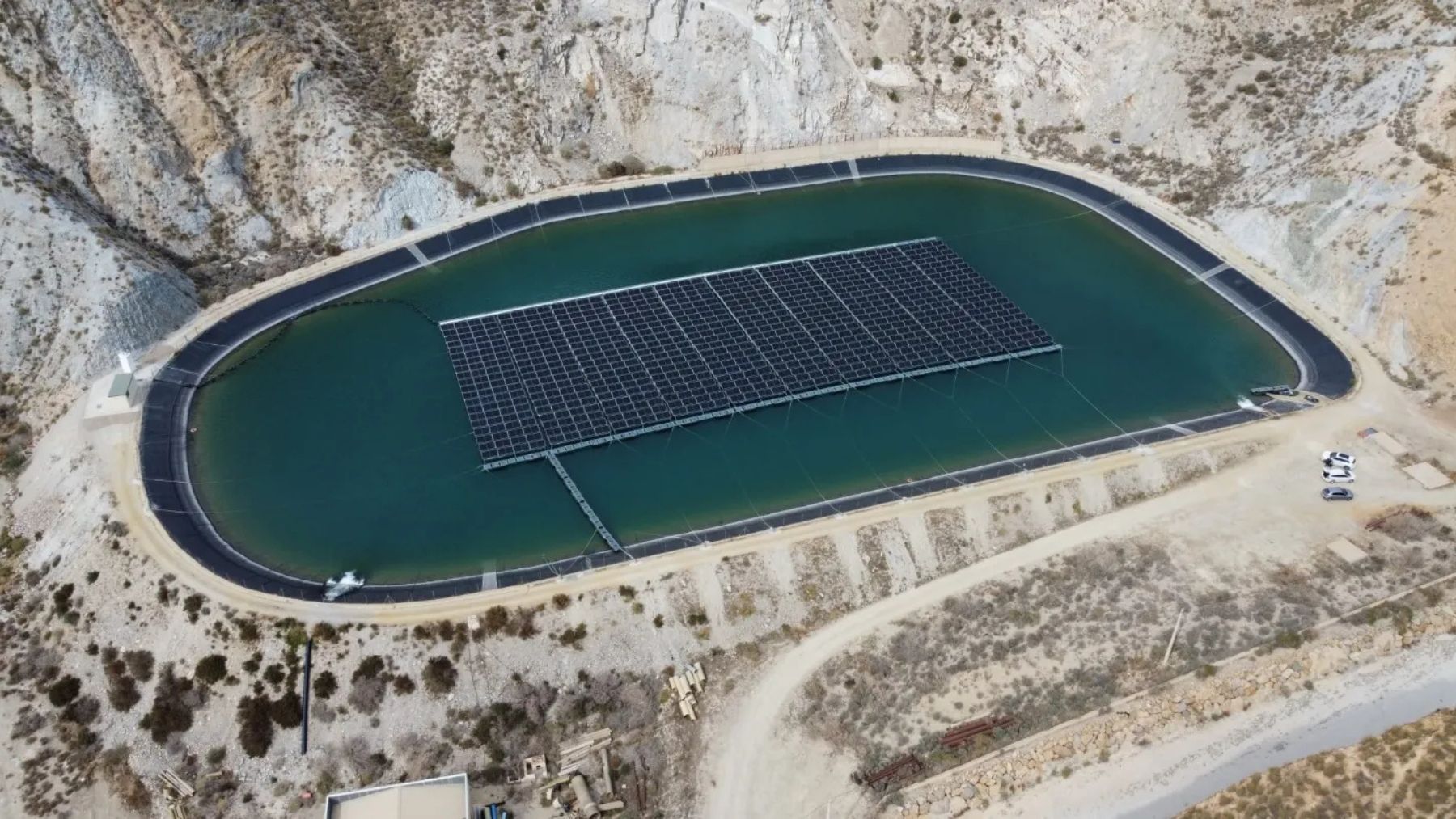The two Spain are divided by a clear decision: implement floating solar panels or not. If the extensive quality control to which the panels will be subjected has surprised you, you cannot miss what we are going to tell you below. When installing solar panels, factors such as orientation, shade or the availability of space motivated the energy sector to explore different alternatives for access to solar energy.
Various solutions have appeared on a large scale and one of the most notable proposals is the floating photovoltaic. This system promotes the use of clean energy and helps reduce the space problem associated with land-based solar panels. According to a study by Nature Sustainabilitythis energy source could exceed 9,000 terawatts of energy, giving rise to the energy autonomy of some cities.
The floating photovoltaic It is a technology that involves the installation of solar panels on water surfaces. Optimal areas for this can be reservoirs, quarries or mineral extraction sites. This practice enables the use of water surfaces to meet the growing demand for solar energy. Having discovered the large carbon footprint of fossil fuels, their demand must now be met by renewable energy sources, and that is where solar energy comes into play.
Spain is divided by floating solar panels
In AragonHe People’s Party j Vox They rule with an absolute majority and promote prohibition floating photovoltaic installations in the reservoirs. A reality that is completely opposite to what one experiences Andalusiavalue Ministry of Agriculture, Fisheries and Food promotes floating photovoltaic self-consumption.
Also being considered is the possibility of implementing solar panels on an irrigation pond, which will produce the electricity that irrigating farmers need to pump the water to the destination. Through its instrumental public company, the State Trade Association for Agricultural Infrastructures (Seiasa)the above-mentioned ministry last month awarded a floating photovoltaic solar installation to the Community of irrigators Irrigation Union of Cuevas del Almanzora (Almería).
This installation was developed on the pond of Abellan “for the community’s own consumption for irrigators.” The arrival of this infrastructure will enable the union farmers to take advantage of the solar energy generated during the day to pump water to the reservoir. Ballabona. It benefits 150 irrigation companies with 800 cultivated hectares, who will reduce their energy costs and have more water for irrigation.
Both the pumps and the new photovoltaic energy are controlled via information technologies that support comprehensive management. The work requires an investment of 1,143,545.90 euros.
There are two Spains divided by an energy decision: floating solar panels face them
Contrary to what happens in Almerialas Aragonese courts have banned its installation floating photovoltaic panels in reservoirs. Even though he Council of Ministers approved a Royal decree that arranges its installation, in Aragon They made this drastic decision because they see this infrastructure as a landscape and drought problem. Adding to this situation are the problems they have regarding the community’s large solar and wind capacity.
Loose solar panels on reservoirs They reduce water evaporation in drought areas. The panels partially cover the surface of the reservoir and reduce direct exposure to sun and wind. The energy produced thus facilitates the pumping of water to other areas.
While this separation between the two has been resolved Spain for the floating solar panelscontinues to expand its territory the use of all types of renewable energy sources. You only have to look at the first solar park created by robots in Spain to confirm this.

